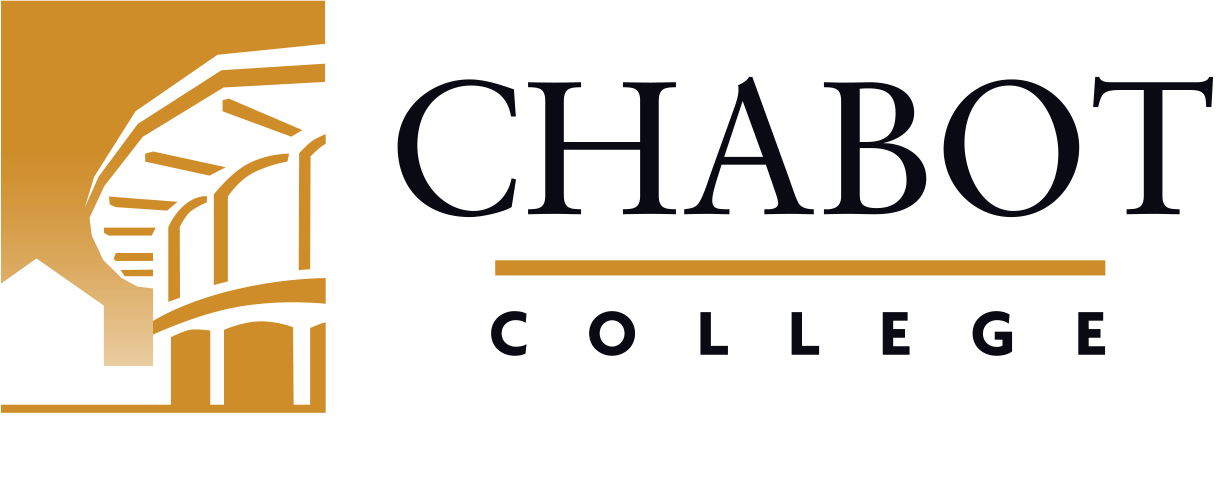
Course Outline for Art 61
Illustration
Effective: Fall 2013
SLO Rev: 05/19/2016
SLO Rev: 05/19/2016
Catalog Description:
ART 61 - Illustration
3.00 Units
Creation and execution of conceptual ideas in illustration. Includes a variety of mediums and contemporary application styles. Emphasis on skills in traditional draftsmanship, craftsmanship and presentation.
Letter Grade Only
| Type | Units | Inside of Class Hours | Outside of Class Hours | Total Student Learning Hours |
|---|---|---|---|---|
| Lecture | 2.00 | 36.00 | 72.00 | 108.00 |
| Laboratory | 1.00 | 72.00 | 0.00 | 72.00 |
| Total | 3.00 | 108.00 | 72.00 | 180.00 |
Measurable Objectives:
Upon completion of this course, the student should be able to:
- develop a conceptual idea for an assigned project, verbalize it and visually communicate it on paper;
- take a sketched idea and develop it through thumbnails, a layout, a comprehensive, to finished art;
- work successfully with a variety of illustration mediums;
- list different kinds of paper choices and the results they achieve;
- use a wide variety of illustration mediums;
- create a well composed image through the practice of formal design principles;
- execute quality draftsmanship and presentation skills.
Course Content:
Course Content (lecture):
- Development of a concept; an illustrated idea of what a client is looking for.
- Executing ideas by researching related subject(s) online and in publications which lead to preliminary written ideas and sketches.
- Learning the process of putting ideas onto paper in defined stages, i.e. written ideas, thumbnail sketches, rough layouts, refined comprehensives, which lead to a finished illustration.
- Introduction to kinds and types of illustration papers and boards.
- Introduction to a variety of traditional mediums used in illustration, including pencil(s), inks, paints and collage.
- Instruction on how to compose and layout compositions using the elements of line, shape, texture, space, size, value and color.
- Applied practice of the formal design principles of balance, rhythm, emphasis and unity.
- Repeated practice of professional illustration skills in drawing with precision and perspective (draftsmanship), the ability to properly use traditional tools, materials and equipment of the field (craftsmanship), and the ability to verbally and visually present finished illustrations in a professional manner acceptable to any given art director or client (presentation).
- Study of the work produced by noted and accomplished illustrators in the field of illustration.
Course Content (studio):
- Developing concepts for projects.
- Executing ideas by researching related subject(s) online and in publications which lead to preliminary written ideas and sketches.
- Learning the process of putting ideas onto paper in defined stages, i.e. written ideas, thumbnail sketches, rough layouts, refined comprehensives, which lead to a finished illustration.
- Repeating practice of professional illustration skills in drawing with precision and perspective (draftsmanship), the ability to properly use traditional tools, materials and equipment of the field (craftsmanship), and the ability to verbally and visually present finished illustrations in a professional manner acceptable to any given art director or client (presentation).
- Studying work produced by noted and accomplished illustrators.
Methods of Instruction:
- Class field trips to class related industries
- Lecture/Discussion
- Distance Education
- Use internet, books and magazines
Assignments and Methods of Evaluating Student Progress:
- Evaluation of visual images submitted for assignments
- Final Project
Upon the completion of this course, the student should be able to:
- Create a well composed image through the practice of formal design principles.
- Develop conceptual ideas and produce them as good illustrations.
- Work successfully with a variety of illustration mediums.
Textbooks (Typical):
- Class supplies to cost about $100.00
Abbreviated Class Schedule Description:
Creation and execution of conceptual ideas in illustration. Includes a variety of mediums and contemporary application styles. Emphasis on skills in traditional draftsmanship, craftsmanship and presentation.